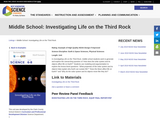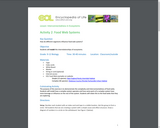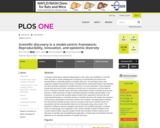
This resource is a video abstract of a research paper created by Research Square on behalf of its authors. It provides a synopsis that's easy to understand, and can be used to introduce the topics it covers to students, researchers, and the general public. The video's transcript is also provided in full, with a portion provided below for preview:
"There is a reciprocal relationship between the gut microbiome and its host. The microbiome influences host health and survival, while host traits shape the microbial community structure. One of the ways the host is thought to influence the microbiome is through the major histocompatibility complex (MHC). The MHC is a collection of variable genes that play key roles in host immunity. However, few studies have examined wild animal populations for links between the MHC and microbiome. To close this gap, researchers examined the MHC genotypes and gut microbial communities of wild Seychelles warblers (_Acrocephalus sechellensis_). Specific MHC alleles, rather than overall MHC diversity, corresponded to differences in the diversity and composition of the microbiota and MHC class I alleles had a greater impact on the microbiota than MHC class II alleles. Gut microbiome diversity also increased with whole-genome heterozygosity, which is the proportion of sites in the genome with two different alleles..."
The rest of the transcript, along with a link to the research itself, is available on the resource itself.
- Subject:
- Biology
- Life Science
- Material Type:
- Diagram/Illustration
- Reading
- Provider:
- Research Square
- Provider Set:
- Video Bytes
- Date Added:
- 05/18/2022




![OREGON MATH STANDARDS (2021): [HS.DR]](https://img.oercommons.org/160x134/oercommons/media/courseware/lesson/image/13138_ODE_Math_Logo_2018-H_color_BvjqVNy.png)





